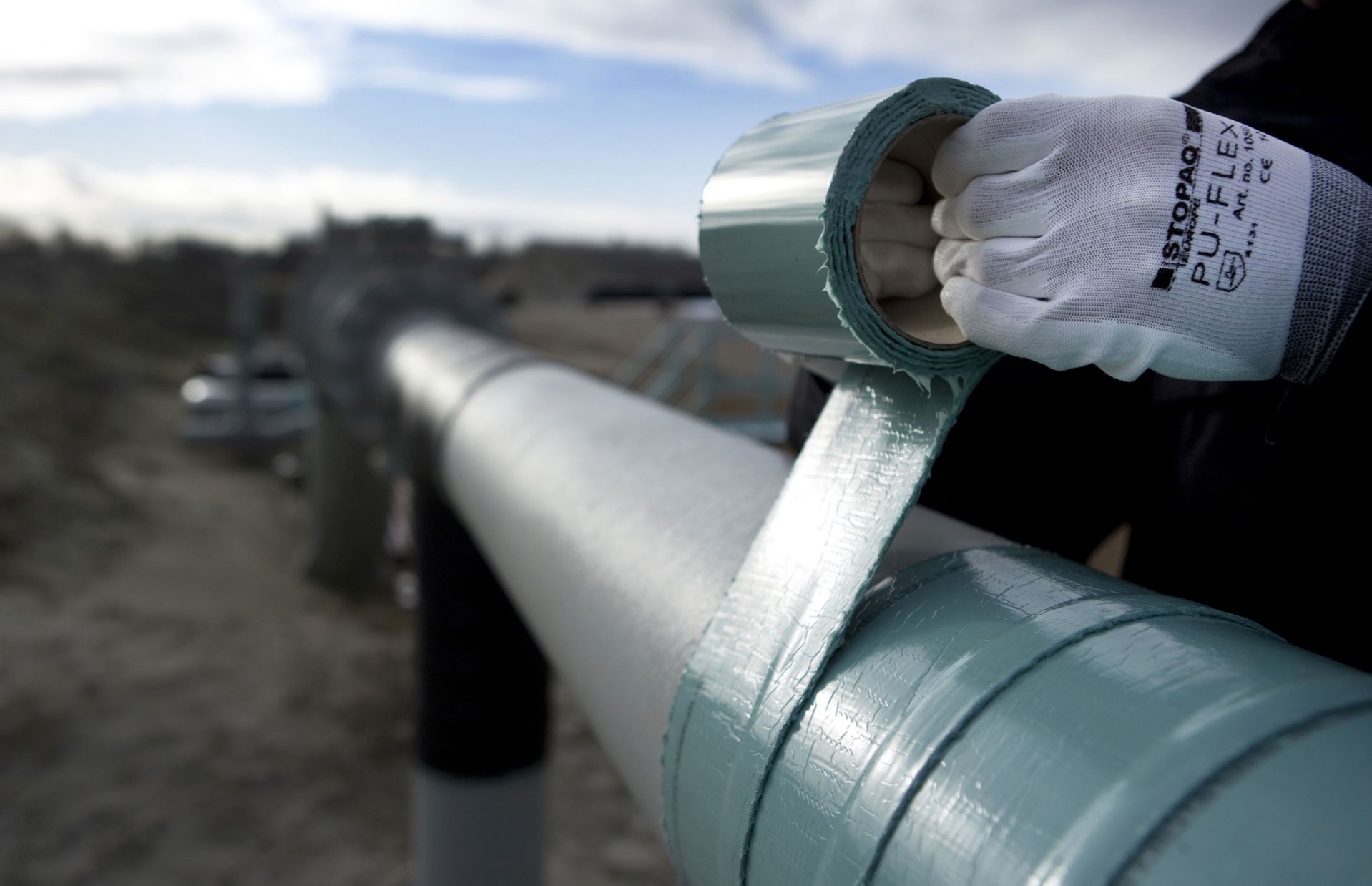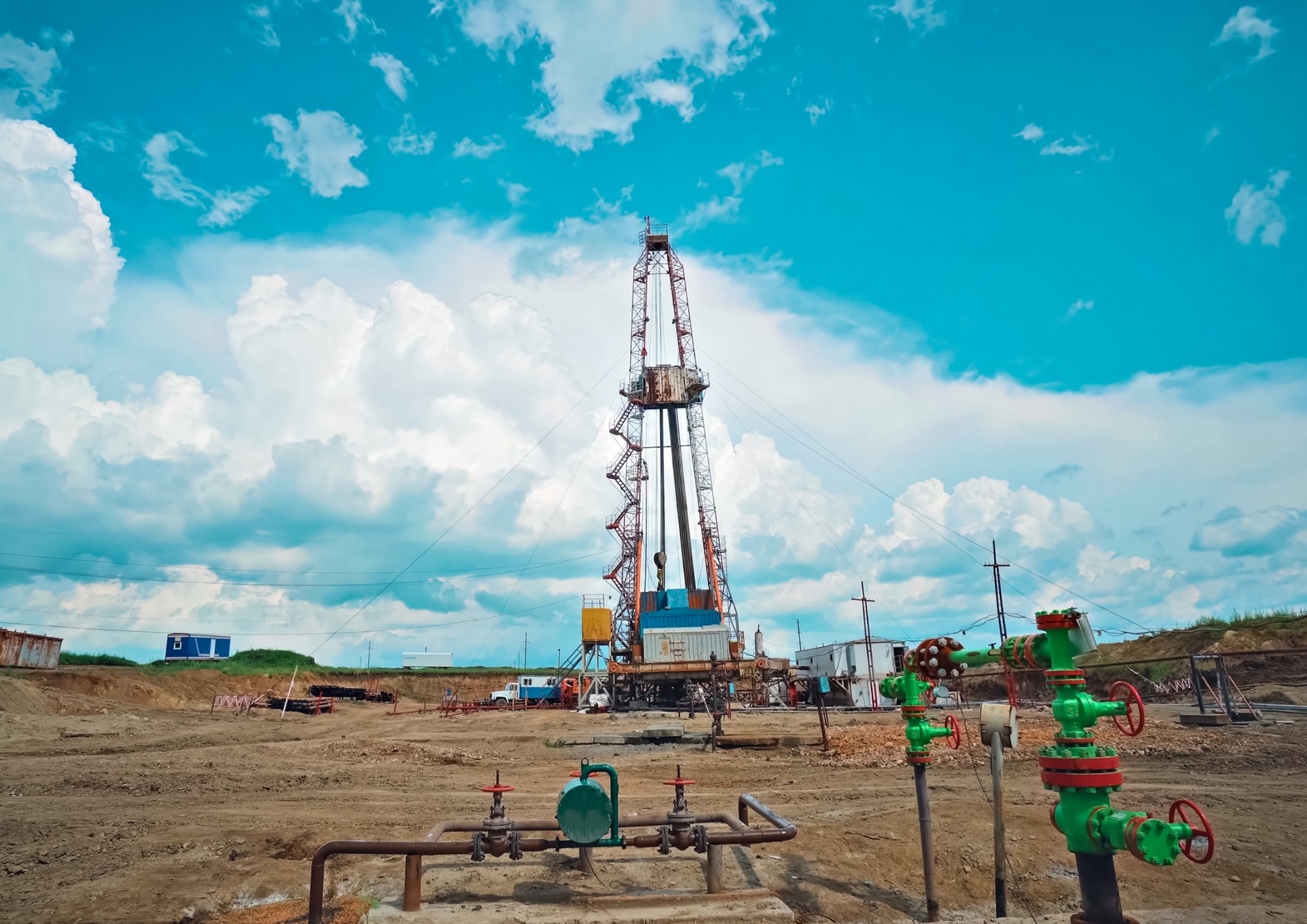

WAND-Online Case Study
The customer required an online thickness monitoring solution for Well Pad applications.
Overview
Application: Online wall thickness monitoring of remote Well Pads
Client: Confidential
Asset: Remote Shale Gas Well Pad
Location: Ohio, US
The customer required an online thickness monitoring solution for Well Pad applications. Due to the remote nature of the site, they required a solution that does not rely on an on-site wireless infrastructure.
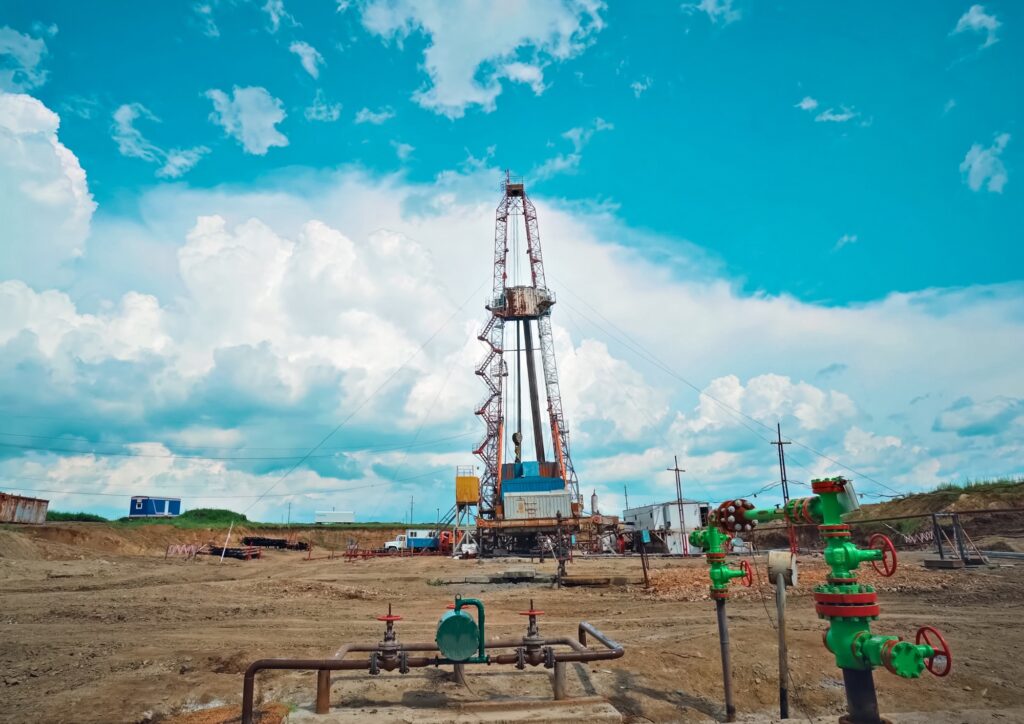
Challenges
The sand erosion rate could not be accurately monitored using conventional methods so a permanently installed solution was required to provide accurate and repeatable thickness data. This would enable the customer to accurately determine the effect of increased flow rate on the rate of sand erosion at a new well.
Solution
The WAND-Online service acquires thickness data from WAND sensors and automatically uploads them directly to the cloud based iDART. WAND sensors are installed directly to piping or vessels at pre-determined thickness monitoring locations. Remote data collectors (WAND-RDCs) are installed onto the asset to acquire thickness data at defined intervals.
Each WAND-RDC is equipped with a thermocouple that takes a temperature reading with each ultrasonic reading so that temperature compensation can be applied in iDART. The data from the WAND-RDCs are sent via Bluetooth 5.0 to a gateway which in turn transmits the data via 4G to the iDART software.
WAND-Online is simple to set up, as it does not require on-site wireless infrastructure. The service provides accurate, wall thickness trending without the need for personnel on-site.
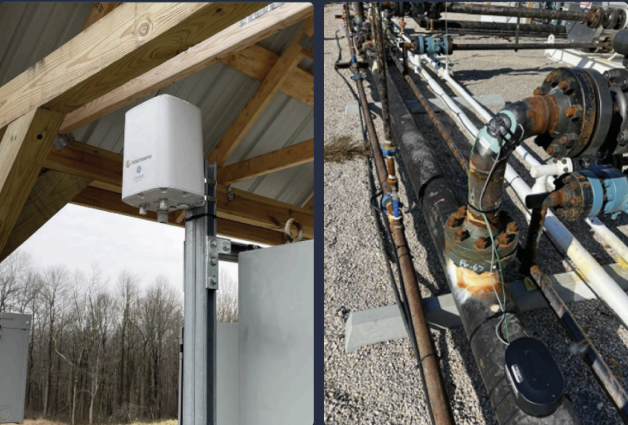
After successfully piloting WAND-Online on a mature well pad, the customer deployed WAND-Online at a new well pad. The aim was to push the flow rate of the well to its maximum to determine the effect of increased flow rate on the sand erosion rate.
With this data, the customer could maximise production whilst monitoring the effect on the the integrity of the equipment. 54 WAND sensors and 9 WAND-RDCs were installed across the site on sand traps and GPUs by our local partner Precision Group.
The pre-configured WAND-Gateway was connected to a power supply onsite and automatically connected to all WAND-RDCs at the well pad. Via 4G the gateway communicated with iDART to enable a daily measurement configuration to be applied. Daily thickness data was then sent directly to iDART for the end user to view remotely without the need for personnel on-site.
Results
As the WAND sensors are permanently installed, the exact same location is measured each time providing reliable, repeatable and actionable data. Due to the accuracy of WAND-Online, the customer could determine the effect of increased flow rate on the rate of sand erosion. They were able to increase the flow rate of the well by 50% and accurately determine the lifetime of the equipment based upon the erosion rate calculated. Certain locations experienced a short-term erosion rate of 3.1mm (0.123”)/year in the first 2 months of production as seen in figure 1.
As sensors were installed across 3 identical lines, the result showed that not all lines were wearing at the same rate. The operator was able to make informed maintenance decisions to replace equipment with significant wall loss alongside existing work scopes to reduce downtime and maintain the increased rate of production. Due to the remote location of the site, this saved the operator on multiple mobilisation costs for maintenance teams.
The precision of the system allowed the operator to determine the optimum balance between flow rate and internal wall loss to maximise profitability and minimise downtime.
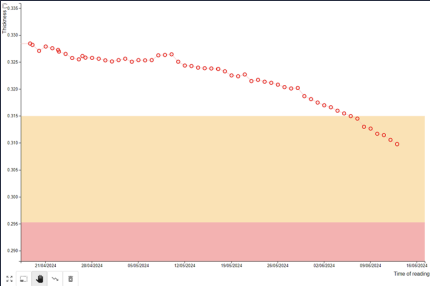
Figure 1: Thickness loss trend line over 2-month period.
- Orange section represents warning thickness set by the user.
- Red section is the end-of-life thickness set by the user.


